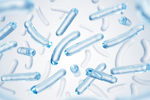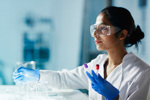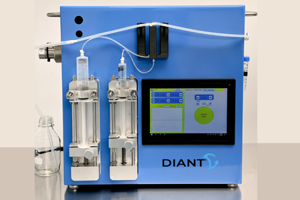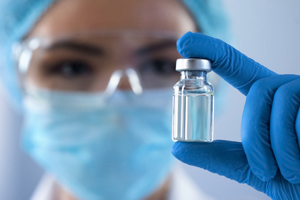 bio-formulation-995x60
bio-formulation-995x60
FEATURED ARTICLES
-
The Hitchhiker´s Guide To Creating Oligonucleotides From Start To Finish
Producing high-quality oligonucleotides demands precise execution across multiple stages. Gain a clearer understanding of the complete mid-scale production workflow and necessary quality control measures.
WHITE PAPERS & CASE STUDIES
-
Anaerobic Cultivation Processes Of Probiotic Bacteria
Cultivate oxygen-sensitive probiotics with precision using real-time monitoring, microfluidic feeding, and pH control for reproducible growth and optimized microbiome and fermentation research.
-
Aerobic Cultivation Of High-Oxygen-Demand Microorganisms
Discover how oxygen-enriched conditions and smart feeding strategies boost microbial growth. Prevent oxygen limitation, improve productivity, and maintain control for high-density bioprocessing success.
-
Phototrophic Cultivation Of Chlorella Vulgaris In Microbioreactors
Unlock efficient microalgae cultivation with precise lighting and real-time insights. Explore ways to boost biomass, optimize growth, and accelerate sustainable bioenergy and bioproduct innovation.
-
Aggregate Analysis Of Insulin Analogues
Therapeutic peptide purity is critical. Learn about SEC analysis of high molecular weight impurities in Insulin Glargine and Insulin Lispro to ensure product quality and safety.
-
Assessing Quality AAV Attributes Including Aggregation And Capsid Load
Assessing AAV critical quality attributes (CQAs)—like aggregation and the full-to-empty capsid ratio—is vital for gene therapy safety and efficacy. See how SEC-MALS enables reliable analysis.
-
Challenges And Solutions In Lyophilization Development For ADCs
Successful ADC lyophilization requires a robust, individualized process driven by thermal characterization using DSC and FDM to define the critical parameters for stability and efficient manufacturing.
ABOUT
Formulation
Formulation in bioresearch is directly associated with pharmaceutical research and development. It is the practice of combining different chemical substances that include the active medical drug. This combination of drug and chemicals is tweaked until they have a final medicinal formulation that can be tested and receive final approval for large-scale market use.
The object of pre-formulation and formulation is to develop a stable preparation of a specific drug that is acceptable for human consumption. All drugs, by necessity, contain other chemicals. In order to put a drug into a capsule or tablet form it requires a variety of substances other than the drug itself. Formulation is needed to ensure that the drug will work when combined with these other substances.
It may surprise you to know that most formulations are not complete until after Phase III clinical trials are in progress or completed. All the early trials test drug stability, and drug load, which is the ratio of active drug to the total content of the actual dose.
Formulation studies address a variety of issues includinggrain size, pH (acidic or alkaline), solubility, and polymorphism (the ability of a drug to exist in more than one form like liquid and capsule). Other items formulation addresses is taste, appearance, tablet hardness and tablet or capsule disintegration.
Another aspect of formulation is testing how humidity, temperature, oxidation, ultraviolet light or visible light affects the formulation. The formula must be stable and not degrade under all of the different environmental factors.
Formulation involves a lot of experimenting with different blends of materials and drugs, but is absolutely crucial for the development of effective, safe, stable, oral drugs, and topical ointments.















